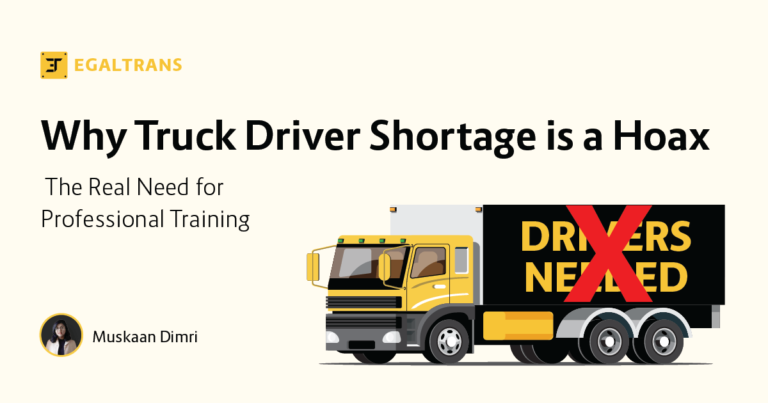India’s tryst with destiny in 1947 marked the beginning of a new era. With its newfound independence, the country embarked on a journey of transformation across various sectors, and the trucking industry was no exception. From the initial days of basic truck models to the present age of technologically advanced vehicles, the metamorphosis of the Indian trucking industry offers a captivating story.
The trucking industry is a major contributor to the GDP of the country, over the last 75 years it has changed drastically and developed in a way which has been beneficial to the masses. Since gaining independence, the trucking industry has undergone significant transformation. The adoption of advanced technologies, such as telematics and automation, has enhanced operational efficiency, while stricter emission regulations have prompted a shift towards greener transportation solutions. Moreover, the rise of e-commerce and globalization has spurred a demand for more streamlined logistics and quicker transit times, reshaping the trucking landscape and its role in the global supply chain.
How the Indian Trucking Evolved Post Independence
The Early 1950s
Post-independence, India inherited a transport system that was rudimentary at best. The road network was minimal, and trucks that plied on them were primarily imported. However, realizing the importance of connectivity for the nation’s growth, the government began laying the foundation for developing road infrastructure. In 1951, the First Five Year Plan was launched, focusing on transport and communication. During this period, the importance of indigenous manufacturing also took center stage. Companies like Tata Motors and Ashok Leyland began their journey, offering India its first taste of home-grown trucks. These vehicles were simple but robust, well-suited for Indian terrains and conditions.

Emergence of Domestic Manufacturers: 1980s
By the 1980s, the Indian trucking scene had started showing signs of maturity. Domestic manufacturing had picked up, and there was a decline in imported trucks. This period also saw the government introducing regulations for vehicle emissions and safety standards. Even though Tata Motors (then known as Tata Engineering and Locomotive Co. or TELCO) and Ashok Leyland had begun their operations in the 1950s, it was during the 1980s that they truly solidified their presence. Their trucks, tailored to India’s unique geographical and infrastructural challenges, quickly became popular. Ashok Leyland and Tata Motors were now household names, leading the charge in catering to India’s logistics needs.
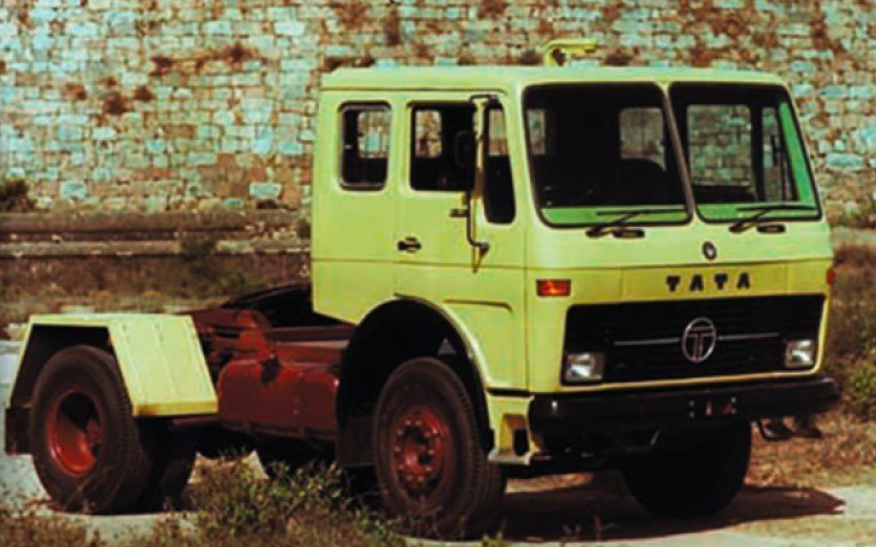
Liberalization and Global Players: 1990s
The economic liberalization in 1991 was a game-changer for multiple sectors, including trucking. With reduced trade barriers, global truck manufacturers like Volvo, Mercedes, and MAN entered the Indian market. These companies brought with them advanced technologies and practices, pushing domestic players to up their game. The 1990s also marked the beginning of concerted efforts by the Indian government to improve and expand road infrastructure. The Golden Quadrilateral project, although launched in 2001, had its roots in discussions and planning during the 1990s.
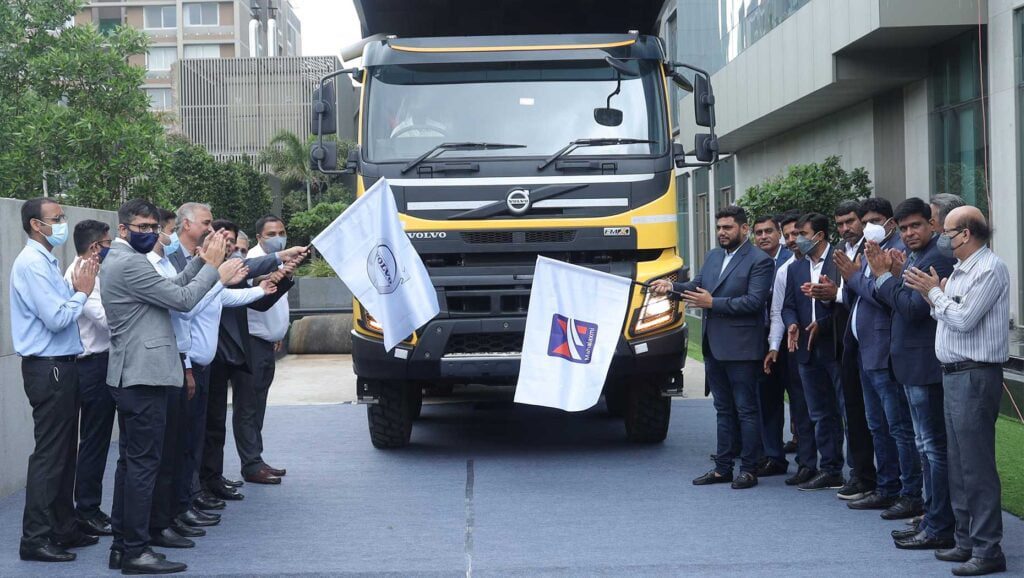
Technological Evolution: 2000s
The 21st century saw the rise of technology in every sphere of life. The trucking industry embraced technological advancements, leading to the introduction of telematics, GPS, and digital freight platforms. Trucks became more fuel-efficient, comfortable, and safer. E-commerce growth also provided a significant boost to the industry, necessitating the evolution of last-mile delivery trucks. With the proliferation of smartphones, several mobile applications were developed specifically for truckers.
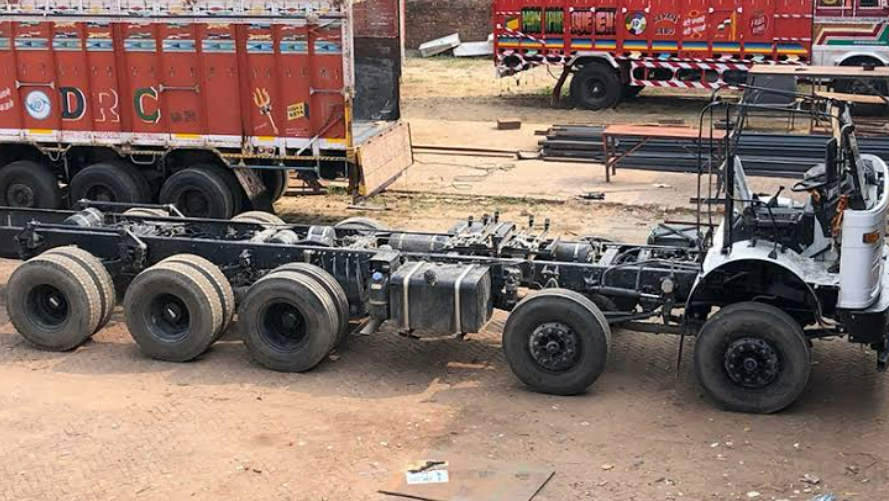
Sustainable Trucking: 2015s (till present)
With increasing environmental concerns globally, India too started focusing on sustainable transport. The government introduced stricter emission norms, prompting manufacturers to design eco-friendly vehicles. Electric trucks and hybrids started making their presence felt on Indian roads. By 2020, the global focus on sustainability had reached the trucking industry, leading to various innovative solutions and practices aimed at reducing its environmental footprint and promoting more efficient operations. Alternative fuels such as LNGs were becoming famous among fleet managers. Advanced telematics system provided real time updates about the truck. More awareness about fleet management softwares and GPS monitoring started and emphasis on driver Training was put.
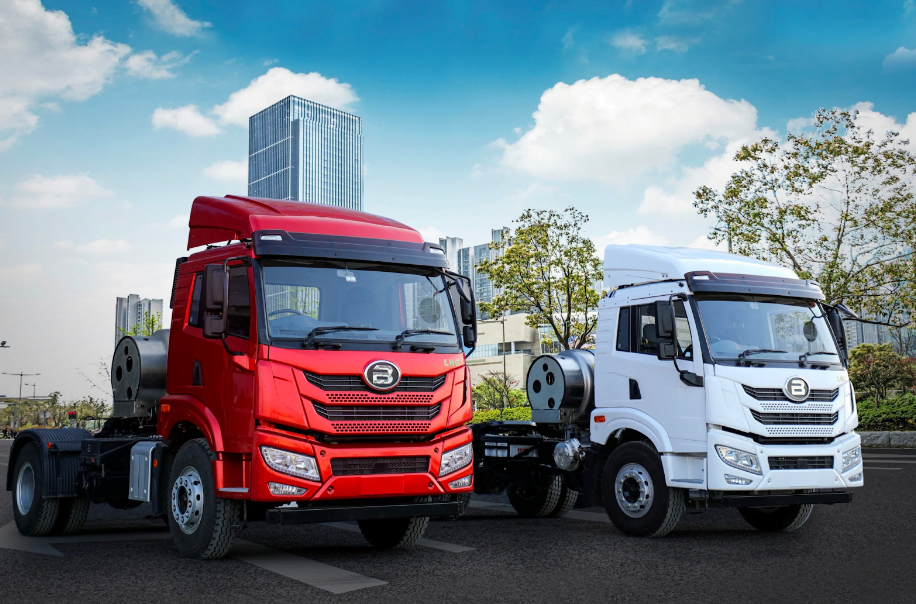
Challenges and The Road Ahead
While the trucking industry in India has come a long way, it still faces challenges like poor road infrastructure, bureaucratic hurdles, and outdated regulatory frameworks. The government’s initiative to build expressways, the GST regime simplifying state borders, and the push for digitization bode well for the future. Furthermore, the pandemic-induced realization of the importance of robust supply chains highlighted the need for more efficient and technologically advanced trucking solutions. It is expected that the integration of AI, IoT, and other technologies will drive the next phase of growth in the Indian trucking sector.
India’s trucking industry’s journey from its nascent days post-independence to the modern, tech-savvy era is a testament to the country’s resilience and adaptability. As India continues to grow and evolve, the trucking industry will undoubtedly play a pivotal role in shaping its future. The wheels of progress, quite literally, are in motion.
Join EgalClub Trucker’s Club and learn from community.






